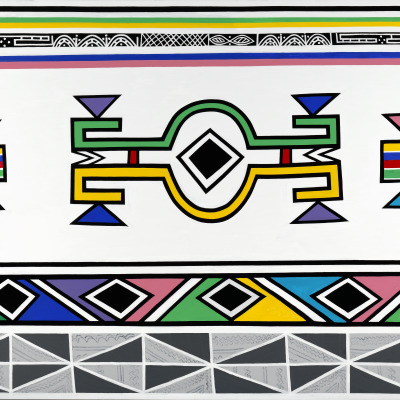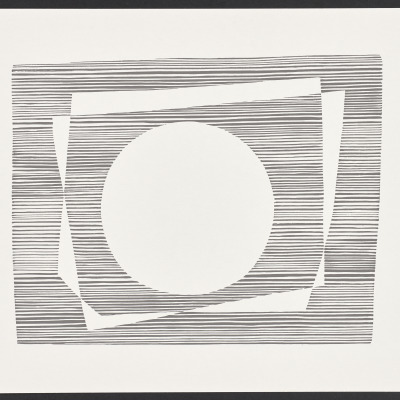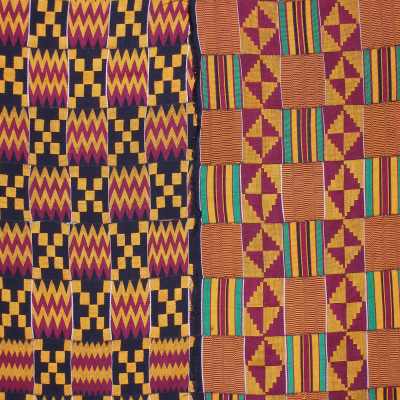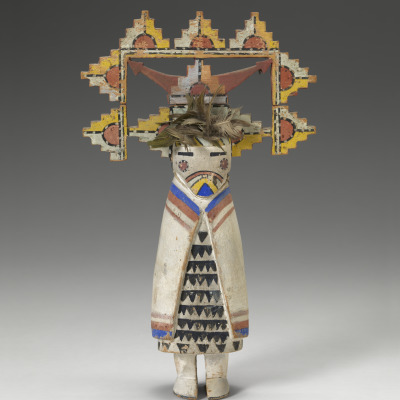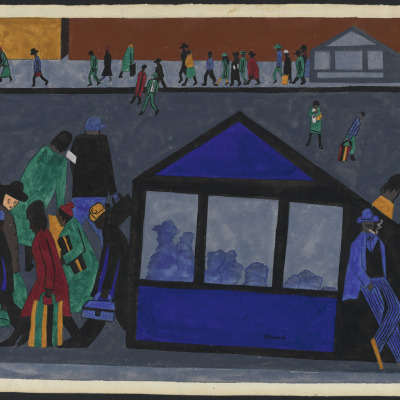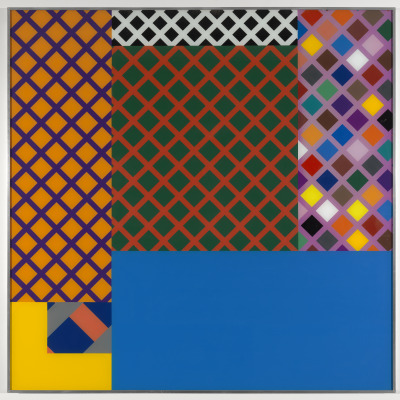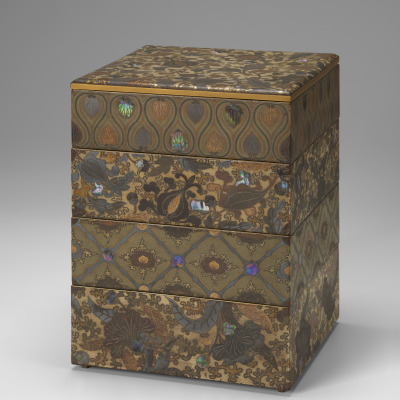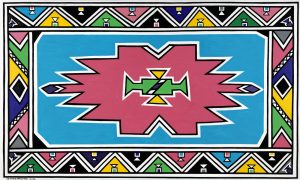
Artistry and Geometry Prompts for Extended Thinking
Use these prompts after your Evans Distance Learning session or museum visit to activate creative, critical, and reflective thinking.
Reflective Thinking
Reflecting on our experience with art helps us connect to people and ideas across time and place. Ask students to reflect on their Evans DLP visit with one or more of the following prompts.
- Having spent time with art at VMFA, what more do you know about how artists use geometry to convey ideas? How do you imagine the lives of the artists and the people for whom they made art were similar or different to your own?
- What did the art NOT answer for you? What mathematical or artistic concepts are you curious about? Name three things that you wish you knew more about and why. Visit your school library and online databases to research answers.
- Imagine you could visit the studio or workshop of an artist whose work you saw today. Based on what you have seen, what would you expect it to be like? What kinds of tools might be there? What kinds of conversations might you overhear? What about YOU and where you work would surprise the artist?
